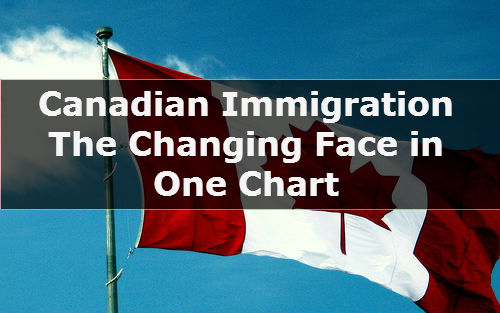051 8439995, 042 35911332

Over the past 25 years, Canadian immigration has been changed dramatically
These dramatic changes were interpreted by Pew Research Centre in U.S. The research centre published a tool that shows how immigration populations have developed globally over years. The population data was obtained from UN Population Centre.
The tool results show that 46.6 million people migrated to America to live and work there. This is largest number of immigrants in any country that have been calculated so far.
Not only America, but Canadian immigration has also transformed the region within past 25 years.
The figure shows a graph obtained from Pew Research Tool. It presents 110 largest immigrant populations in Canada as per 205’s records. It also shows the immigrant populations of these regions in 1990, 2000 and 2010.
The graph does not show the annual immigrant population, instead it represents the total number of immigrants from a certain region in that particular time.
The results are surprising. In a limited time of 25 years, immigrants from China rose to 710,000 from mere 170,000. The number of immigrants from India and Philippines has also risen to above 500k.

Pakistan that was nowhere even close to be in 30 major immigration source countries in 1990 has become the tenth largest immigrant population in Canada.
The reason from such raise in number of immigrants from Pakistan and other Asian countries is a result of the decline in immigration from European countries.
European countries like Poland, Portugal and Netherlands, which were among top 10 immigrant source countries in 1990 didn’t make the cut in following years. Though UK is still in the standing of top 10 but that is due to the large number of immigrants in earlier years. The current number of immigrations from UK is decreasing gradually.
Another surprising fact is that while U.S is home to largest number of immigrants, 14% of immigrants are from U.S. Among G20 countries, Saudi Arabia is at the top of the list in this measure with 32%, Australia is second with 28% and Canada ranks third with a total of 22% immigrant population.
On the other hand, Asian G20 countries have a very small number of immigrants which can cause a threat to their economic growth. For e.g. Japan only has 1.6% immigrant population while China contains only 0.07% immigrants out of total population.
On a concluding note, while this increase in Canadian immigration may prove helpful to tackle the issues of lack of workforce, it won’t be enough to fill the demographic gap in the region.
